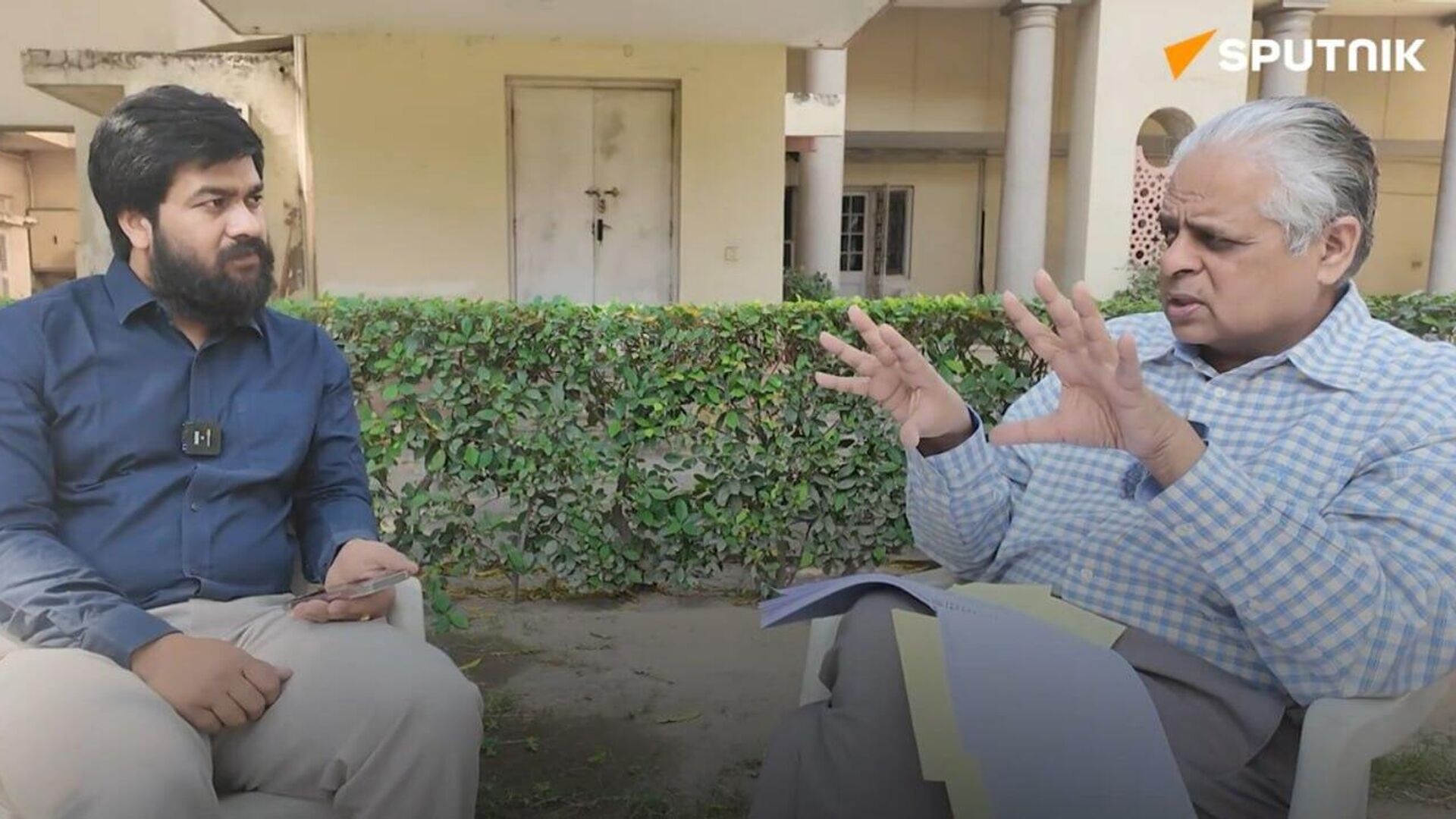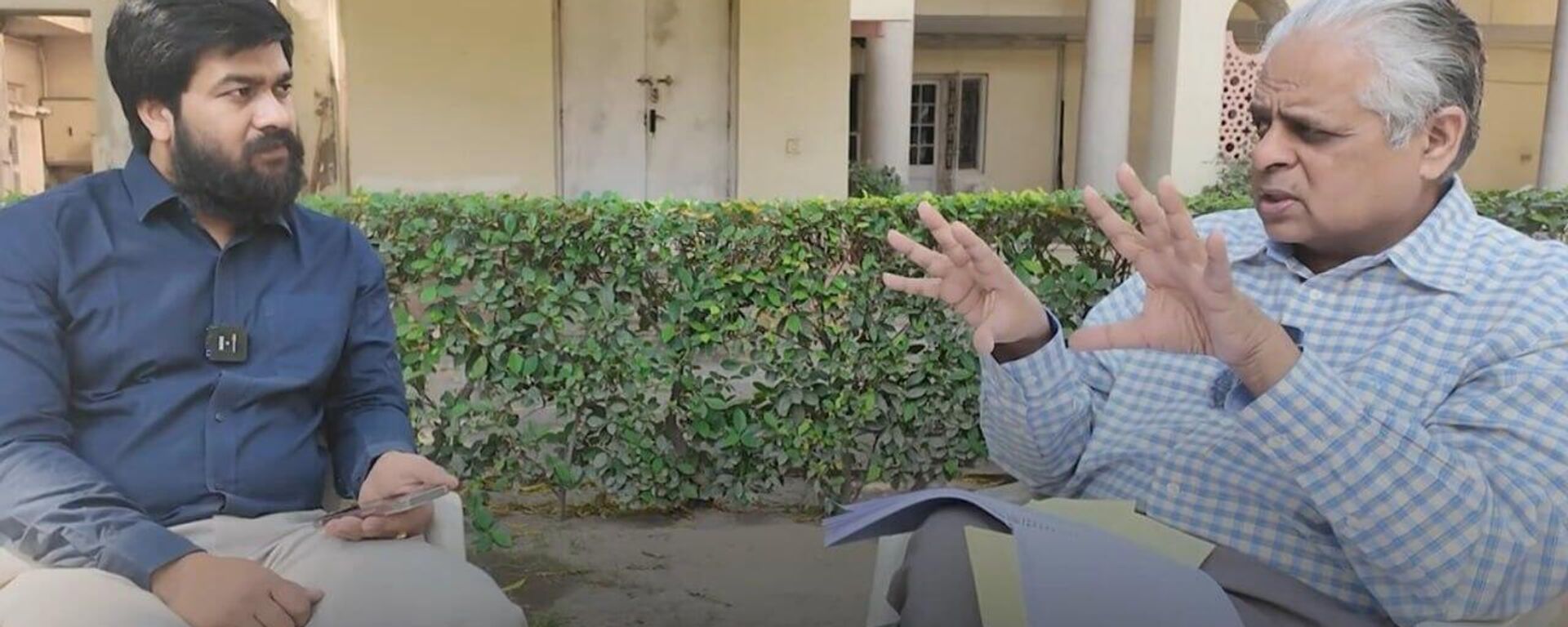India's Path to Defence Power Lies in Faster Technology Adoption: Military Vet
13:17 31.03.2025 (Updated: 13:22 31.03.2025)

© Sputnik
Subscribe
Indian artillery systems need to integrate drones and artificial intelligence (AI) to stay competitive, an expert told Sputnik India.
Retired Lieutenant General Raj Shukla praised the Defence Research and Development Organisation (DRDO) for its efforts to accelerate technological advancements and streamline India’s defence procurement processes.
He highlighted the 12-year delay in acquiring the Advanced Towed Artillery Gun System (ATAGS)—a collaboration between Kalyani, DRDO, and Tata—as a key example of inefficiency, stressing that technology cycles are outpacing procurement timelines.
“The Defence Ministry's move to cut procurement times in half is a positive step,” Shukla told Sputnik India. “If we can get ATAGS in six years, we could introduce new technologies just as quickly.”
He also pointed out the evolving role of drones in modern warfare, noting how artillery shoots that once took thirty minutes can now be completed in five minutes with drones. He called for integrating drones and artificial intelligence (AI) into artillery systems to maintain competitiveness.
“AI should go hand in hand with attacks, not just from the platform, but from technology as well, ” he added.
#4 🇮🇳🇷🇺BrahMos is IMPRESSIVE, but there's room for growth
— Sputnik India (@Sputnik_India) March 30, 2025
Investing in LEO space will unlock BrahMos' full potential by improving both range and precision. pic.twitter.com/9fSEfhMoWX
Shukla also discussed the need to expand India's missile capabilities, including Brahmos, which he called impressive but in need of greater range for better targeting. He advocated for the establishment of a dedicated drone missile force that includes Brahmos, Prithvi, hypersonic missiles, and strategic missiles.
“It’s not just about missile manufacturing; you need a full-fledged force with commanders who can plan, lead, and create a strong culture,” Shukla said.
He further pointed to the role of missile systems in modern deterrence, citing the impact of Russia's Oreshnik missile during the Ukraine conflict as an example of how subtle forms of deterrence are evolving.
“The Oreshnik missile was so lethal that it sent a strong message to the West, demonstrating the growing importance of missile systems,” he remarked.
Further, Shukla acknowledged that achieving self-reliance in defence production is a slow and ongoing process for India, closely linked to the broader growth of its industrial capacity.
Drawing a parallel with China, he pointed out how China's industrial capabilities have grown substantially over the past two decades.
#3 🚀🇷🇺Oreshnik sets new benchmarks in deterrence
— Sputnik India (@Sputnik_India) March 30, 2025
It's not just about nuclear anymore. pic.twitter.com/hofjrJpHj0
"In 2002, China’s industrial capacity was half that of the USA. By 2022, China’s civilian manufacturing capacity had doubled that of the USA, and its military industrial complex became five to six times more efficient," Shukla explained.
He stressed that unless India’s civilian industrial capacity grows, it will be challenging for the country to expand its military industrial capabilities.
Shukla commended India’s private sector startups, such as Bharat Semi, 3rdiTech, Dhruva Space, Agnikul, and Skyroot, for contributing to defence innovation. However, he emphasised that these startups require a steady flow of government orders to fuel their research and development (R&D) efforts.
"These startups are paying engineers salaries of six crore for the latest technologies. To offer those salaries, they need orders," Shukla said. He urged the government to remove outdated regulations that impede progress and speed up the procurement process. “There are too many regulations right now, and the Prime Minister himself says the web of regulations must be dismantled,” he concluded.

